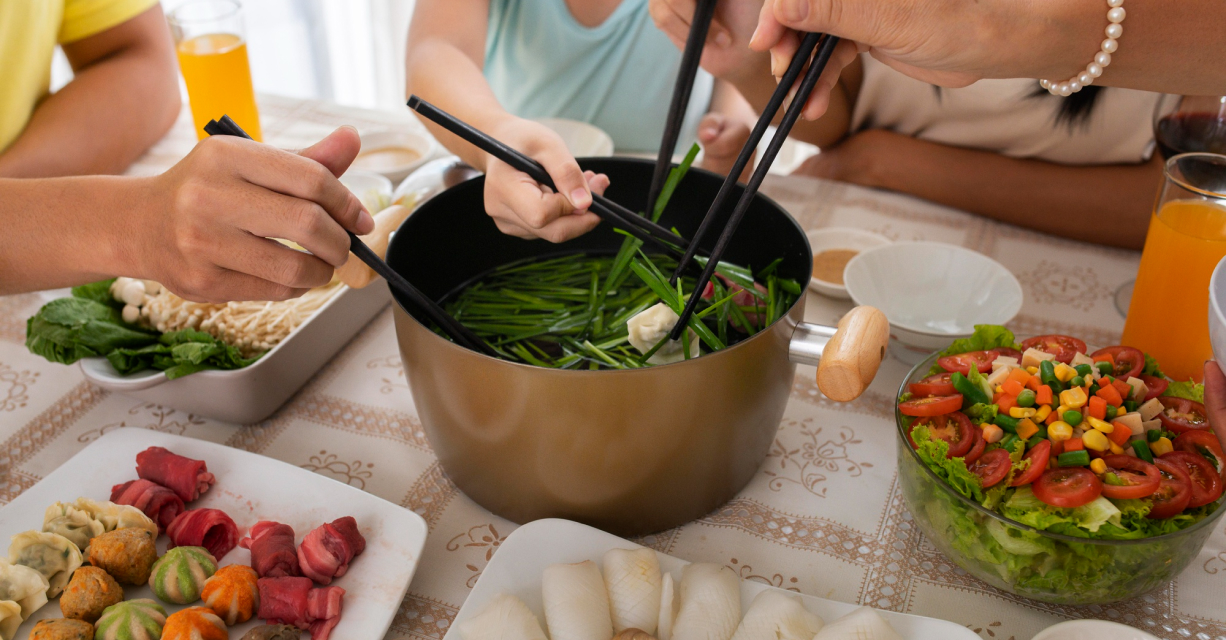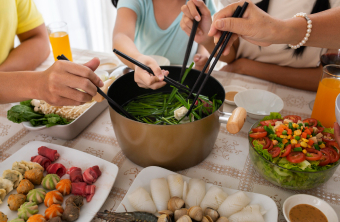

For the past 15 years, I’ve had the privilege of exploring the intricate world of gourmet cooking. My journey has taken me through professional kitchens, intimate home dinners, and culinary schools across the globe. Today, I’m excited to share my insights on how you can bring the sophistication and delight of gourmet cooking into your everyday meals. With the right mindset, techniques, and ingredients, you can transform ordinary dinners into extraordinary culinary experiences.
Gourmet cooking is often perceived as an exclusive domain reserved for high-end restaurants and professional chefs. However, the essence of gourmet cooking is about more than just complexity or extravagance. It’s about passion, precision, and an unwavering commitment to quality. At its core, gourmet cooking is an art form that values the harmony of flavors, textures, and presentation.
The journey to gourmet cooking begins with the selection of ingredients. Fresh, high-quality ingredients are the cornerstone of any great dish. Over the years, I’ve learned that sourcing the best ingredients can significantly elevate your cooking. Here are a few tips on selecting top-notch ingredients:
Gourmet cooking is not about mastering dozens of complicated recipes but rather understanding and perfecting fundamental techniques. These techniques form the backbone of gourmet cuisine:
One of the hallmarks of gourmet cooking is the layering of flavors. Each component of a dish should contribute to a cohesive and balanced flavor profile. Here’s how you can build layers of flavor in your cooking:
In gourmet cooking, presentation plays a pivotal role. A beautifully plated dish not only pleases the eyes but also enhances the overall dining experience. Here are some tips for elevating your presentation:
Gourmet cooking offers an opportunity to explore flavors and techniques from around the world. Each cuisine brings its own unique elements to the table, enriching your culinary repertoire:
Gourmet cooking at home should reflect your personal tastes and lifestyle. Don’t be afraid to experiment and adapt recipes to suit your preferences. Whether you prefer bold, spicy flavors or delicate, nuanced tastes, make your gourmet cooking journey your own.
Gourmet cooking at home is about more than just preparing food; it’s about embracing the art of cooking and transforming everyday meals into extraordinary experiences. By focusing on quality ingredients, mastering fundamental techniques, layering flavors, and paying attention to presentation, you can elevate your home cooking to gourmet levels. Explore international cuisines, make your cooking personal, and most importantly, enjoy the journey. With passion and practice, every meal can become a masterpiece in your own kitchen.